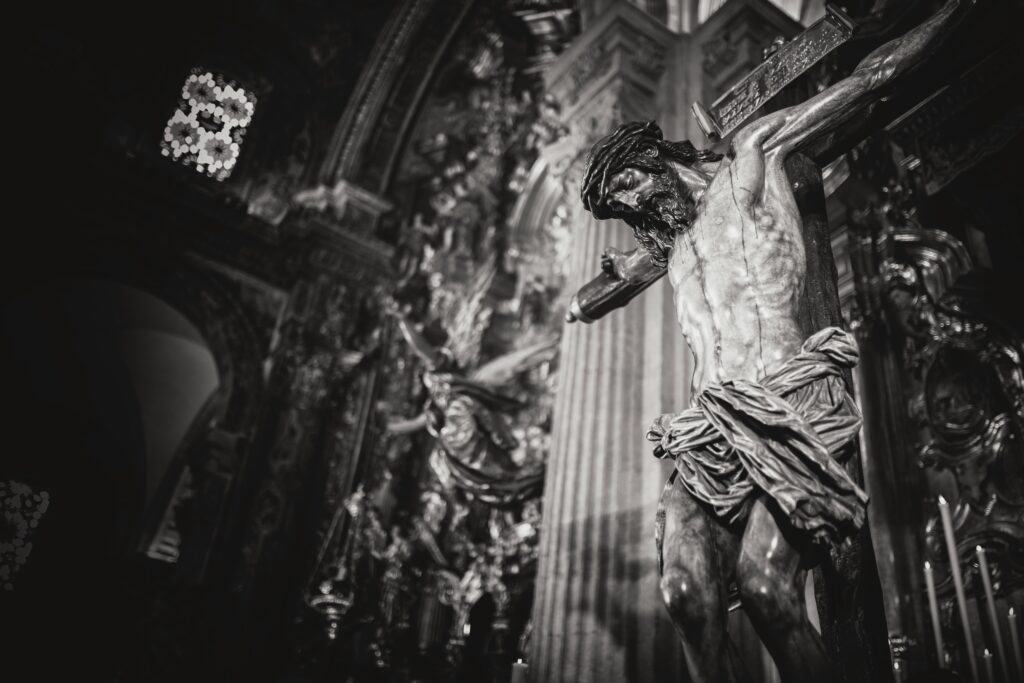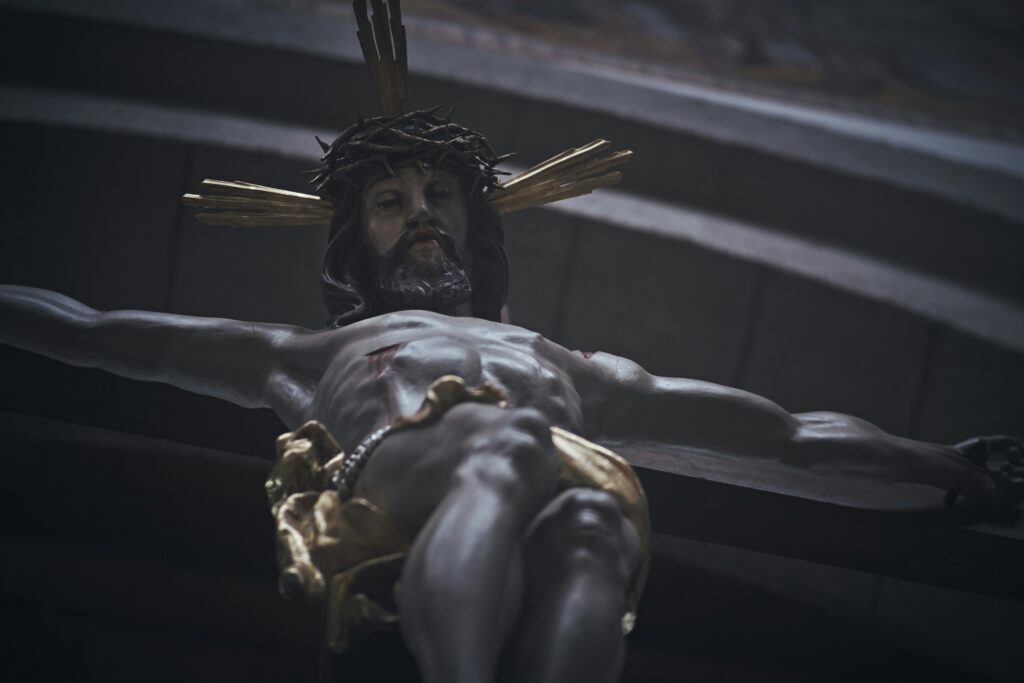Transcendence
It consists of cultivating our inner life, our inner richness, discovering - in awe - how we are able to enter into a living dialogue with God

In Mexico, we have a curious tradition: making “altars of the dead”. For this purpose, we get marigold flowers, colorful tablecloths, sweet skulls – mainly chocolate and sugar -, plates with food that the deceased liked, bread for the dead, photographs of the loved ones to be remembered on that occasion, and candles. It is usually crowned with some religious element, such as a cross or an image of the Virgin of Guadalupe. A friend of mine noted, curiously, that this year, at the university he directs, he came across an altar of the dead dedicated to a dog, to a pet; he didn’t know whether to laugh or cry. It was an example of a fusion culture, first between pre-Hispanic pagan and Spanish Christians, but now enriched with postmodern animalism.
His narration reminded me of a recent mishap involving Pope Francis. He recounts it himself: a lady with a pram approached him, asking for the customary blessing. The Pope smiled and went over to see the baby and bless it, to his surprise when he discovered that it was not a baby but a puppy she was carrying! The meek and patient Francis became angry – and boy, is it a merit to make him angry! – and scolded the lady, pointing out that there were many children dying of hunger and that it was not fair to treat an animal like that. She thought it was excessive to treat a small animal like that, when we don’t take care of our fellow animals in the same way; my friend, for his part, thought it was disproportionate to dedicate an “altar of the dead” to a pet.
Why? Because of the transcendence. The animal, the plant, lives and that’s it, in its life is the fulfilment of its function. Sometimes even in their death: animals and plants are sacrificed for our survival, for our food. The animal has no need or possibility to transcend. The human being, on the other hand, does; indeed, it is his fundamental spiritual aspiration. It is practical proof that he not only matters conveniently organized – as are the animal and the plant – but possesses a spiritual soul and, therefore, transcends our coordinates of space and time.
What is transcendence? A spiritual need of man. A vital need of his nature, whereby he wants to go beyond what has been given to him materially. It is proof of the existence of spiritual reality, precisely because it presupposes a thirst for something immaterial, for a reality that in some way is not immediately perceived by our senses, but which is there, waiting to be discovered. It is imperative to go beyond the satisfaction of our vital and species needs: to eat, drink, reproduce, rest, and enjoy. Likewise, it is the urge to break the barriers of time and space with the power of the spirit.
There are many ways in which the human spirit transcends. There is a classic saying that there are three requirements in this life: to have a child, to plant a tree, and to write a book. All three are ways in which something of ourselves remains through time after our body has returned to the earth from whence it came. On reflection, we discover the incredible scope of having a child. For the parents provide the basic material for its formation – the egg and the sperm – but God infuses it with the spiritual soul, so that this new being, created with human cooperation, will last forever. The body dies but is eventually resurrected, while the soul will last forever, the material universe will have reached its thermal death, and yet the soul will still last, it is – in theological terms – “eviterna”, i.e. it has a beginning, but no end. Bringing a child into the world is one of the forms par excellence of transcendence.
It is not the only way for human beings to transcend. Art, science, and technology are also forms of transcendence. In general, everything that manifests our creative capacity, that which allows us to bring forth something authentically new, whether for contemplation – as is the case with art: literature, painting, sculpture, architecture, dance, etc. – or for the use and service of our fellow human beings, with science and technology. Any capacity to create beauty, or to serve for the transformation and improvement of the world, are properly human forms of transcendence, which animals lack.
But transcendence par excellence is spiritual and religious. It consists in cultivating our inner life, our inner richness, and discovering – in amazement – how we are capable of entering into a living dialogue with God. Although art, science, and technology are forms of transcendence, they do not satisfy our hunger for the infinite, for transcendence. It is like saying: “Yes, that was, but I still long for more”. That is why St. Augustine says so well: “You made us Lord for Yourself, and our heart is restless until it rests in You”. Only God can satisfy our hunger for the infinite and for transcendence, this “thirst for God”, for the eternal, being a proof of his existence and of the spiritual component of our nature.
That is why it makes sense to make an “altar of the dead” for a person, but not for a dog. A dog can be blessed, but it cannot take the place of a child, even if that seems to be fashionable; in reality, this attitude contains a profound anthropological error and sooner or later it will take its toll, both on individuals and on society in general.
 (EN)
(EN)
 (ES)
(ES)
 (IT)
(IT)





